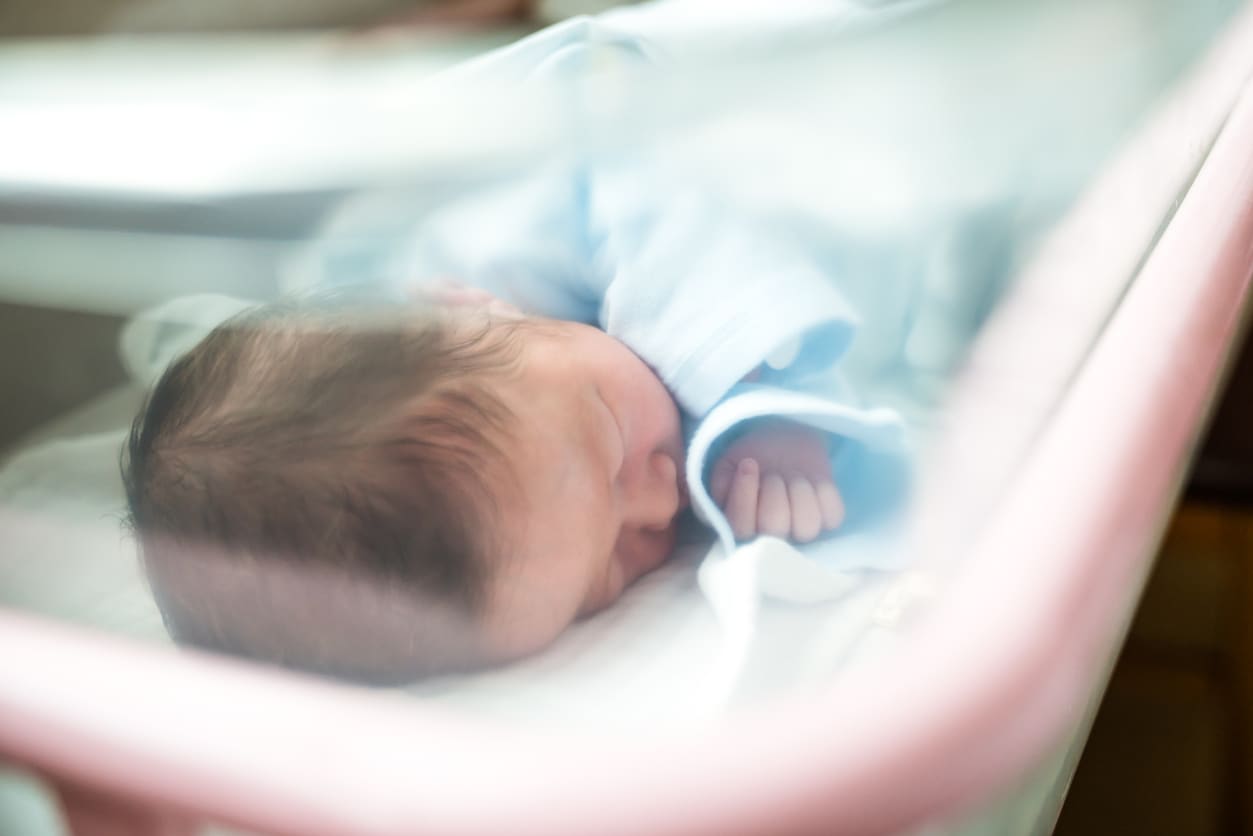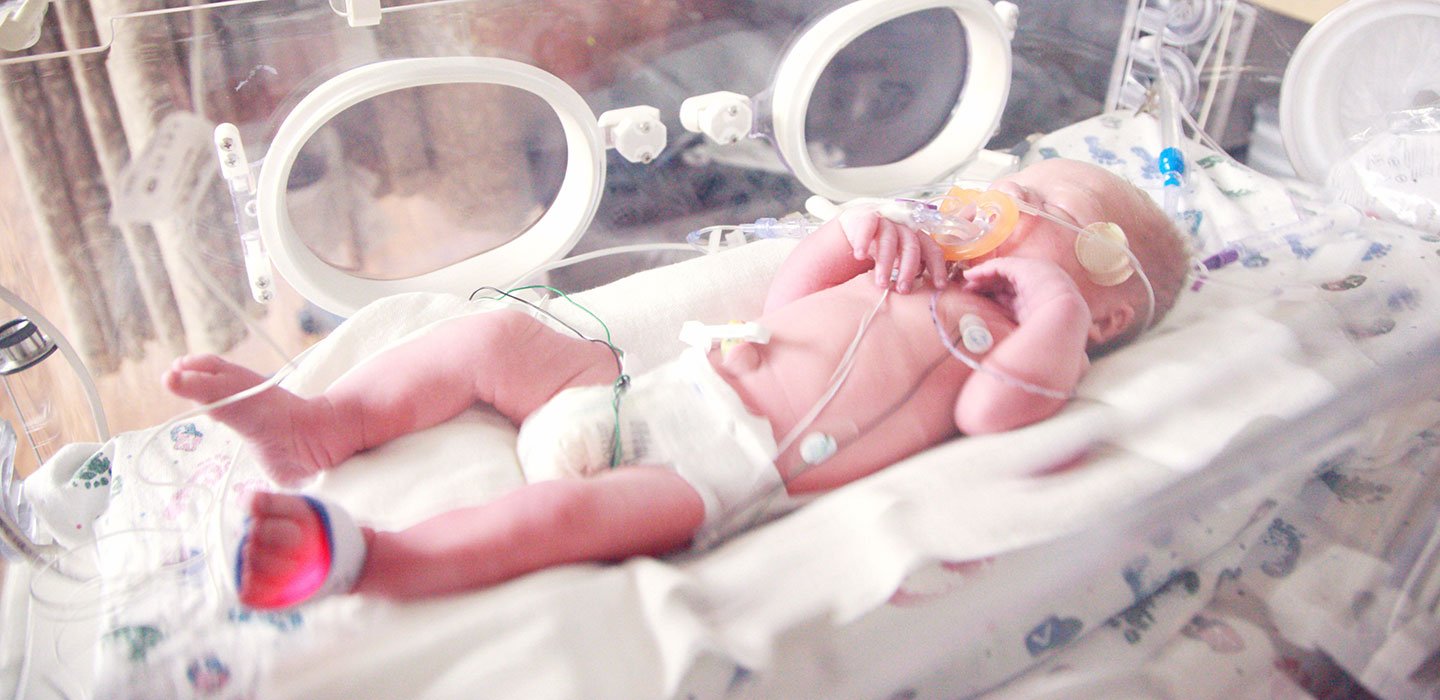Seven of every 1,000 babies born in the US suffer from a birth injury. Many of those injuries are caused by negligence or medical malpractice and could have been avoided. One of the most common and dangerous types of birth injuries is oxygen deprivation. Sadly, it’s also one of the most avoidable infant injuries.
The Birth Injury Lawyers at D’Amore Personal Injury Law, LLC, serve Baltimore, Annapolis, and Washington, D.C. If your baby suffered a birth injury due to oxygen deprivation, contact us.
United States Birth Injury Statistics
Research from the University of Oxford suggests that 2 of every 1,000 newborn infants suffer from oxygen deprivation at birth.
- 28,000 babies are born with a birth injury in the US every year.
- Those numbers equal roughly 2,333 infants every month, 538 every week, 76 per day, and three every hour.
- Common birth injuries in the US include Brachial Plexus Palsy (also called Erb’s Palsy), bone fractures, caput succedaneum, facial paralysis, perinatal asphyxia, intracranial hemorrhage, spinal cord injuries, and oxygen deprivation that leads to cerebral palsy.

Oxygen Deprivation at Birth
It only takes a few minutes without oxygen to seriously injure — or even kill — an adult. Oxygen deprivation is every bit as dangerous to an infant because an infant’s brain has decades of growth and development ahead of it.
Medical professionals recognize three levels of oxygen deprivation at birth:
- Asphyxia — this term is used in a general sense to describe a loss of oxygen reaching the baby’s brain while he / she is still inside the uterus.
- Hypoxia — this term is used when oxygen levels in the baby’s blood fall below critical levels needed to sustain the needs of the baby’s brain and other organs.
- Anoxia — the most severe condition — This term is used to describe the complete “shut off” of oxygen to the baby.
A child who suffers a hypoxic or anoxic birth asphyxia is at great risk of developing Cerebral Palsy and the severe life long mental and physical handicaps that come with it.
Oxygen Deprivation at Birth and Cerebral Palsy (CP)
The effects of oxygen deprivation at birth are not always noticed right away by parents and caregivers. It may take months or years for an infant to display signs of cerebral palsy.
- Per the Mayo Clinic, cerebral palsy (CP) is a broad term that covers a group of disorders that affect movement, muscle tone and posture.
- It’s caused by damage that occurs to an immature brain and can be caused by hypoxia and anoxia.
Cerebral Palsy (CP) Symptoms in Young Children
Typically, symptoms of Cerebral Palsy (CP) first appear during infancy or preschool years.
Family and caregivers may notice:
- Impaired movements
- Abnormal reflexes
- Unusual “floppiness” or stiffness / rigidity in the arms and legs
The child might:
- Make involuntary movements
- Sit or stand with unusual postures
- Seem unsteady or off-balance while walking
These symptoms can appear in any combination in a youngster with Cerebral Palsy (CP).

Raising a Child with Cerebral Palsy (CP) — What Parents & Families Can Expect
Most families notice that babies are not reaching standard developmental milestones, like crawling, walking or speaking. Then, it’s a process of diagnostic tests like MRI imaging and CT scans that help doctors diagnose these types of birth injuries.
- Sadly, cerebral palsy is a lifelong condition that cannot be cured.
- The good news is that some aspects of Cerebral Palsy (CP) are treatable.
Still, over their lifetimes, people with Cerebral Palsy (CP) may have problems eating and swallowing. Eye muscle imbalances — when the eyes don’t focus on the same object — are also common. Muscle stiffness might cause a reduced range of motion for their entire life. This affects their ability to work, go to school, or attend to other daily living tasks, like eating, bathing and dressing.
Cerebral Palsy (CP) affects all children differently. Some will walk well, while others will need assistance. Some children with Cerebral Palsy (CP) show normal or near-normal intellect. Others live with learning disabilities and similar challenges. If you’re beginning to suspect your young child has cerebral palsy due to oxygen deprivation at birth, it’s time to seek professional legal counsel.
Beyond Cerebral Palsy (CP), there are other significant conditions and concerns associated with oxygen deprivation at birth.
Other Conditions Related to Oxygen Deprivation at Birth
Lack of oxygen at birth can cause other severe conditions. Infants suffering from oxygen deprivation frequently develop other disabilities including autism spectrum disorders, attention deficit hyperactivity disorder (ADHD), seizures, and behavioral problems.
Conditions like these will probably require long-term specialized care in the form of:
- Medication
- Occupational therapy
- Physical therapy
- Behavioral therapy
- Specialized educational
- And possibly home modifications such as wheelchair ramps and safety rails in showers.
Naturally, these ongoing requirements can be very taxing on a family — both emotionally and financially.
Birth Injury Treatment Statistics and Outlooks
All birth injuries have different prescribed treatments and rates of recovery. Some will require intense, lifelong treatment.
- Cerebral Palsy: As we mentioned above, there is no cure for Cerebral Palsy (CP). Lifelong treatments can help a child manage the condition and prevent deformities.
- Erb’s Palsy: Erb’s palsy has a substantial rate of complete recovery. Anywhere from 80% to 96% of children born with this nerve condition will recover.
- Brain Damage: Newborns suffering from brain injuries likely experienced oxygen deprivation at birth. In cases of moderate or severe brain damage, treatment will last months or years. These babies may face lifelong complications.
Every birth situation is unique, as is every child. And we still have a lot to learn about birth injuries and oxygen deprivation.

Learn More About Birth Injury and Oxygen Deprivation
Birth injuries involving oxygen deprivation are devastating. If your child suffered a birth injury due to oxygen deprivation, contact us.
The experienced Birth Injury Lawyers at D’Amore Personal Injury Law have successfully recovered life changing compensation for children with Cerebral Palsy. We will help you understand your options if your newborn was injured due to oxygen deprivation. You’ll be facing a lifetime of medical care and services, and our birth injury attorneys can help your child win.
Beyond the courts, we will connect you with the services and programs your child needs. Reach out to our team for a no-cost, no-pressure consultation. We won’t charge you a cent unless we win. Learn more with our free resource for families: A Birth Injury Guide.
FREE Case Consultation
Fill out the form below and we will contact you.
Or, give us a call at